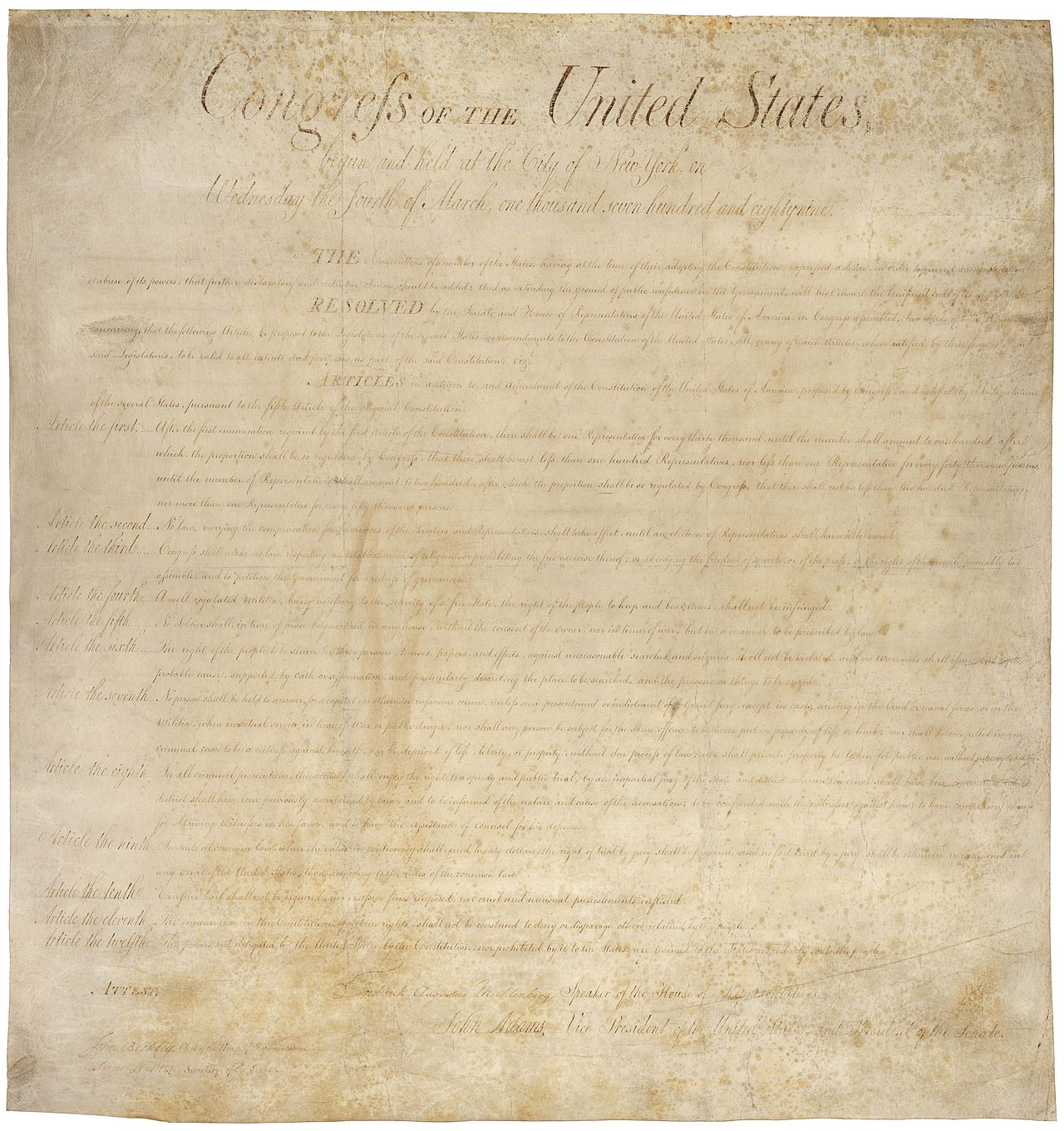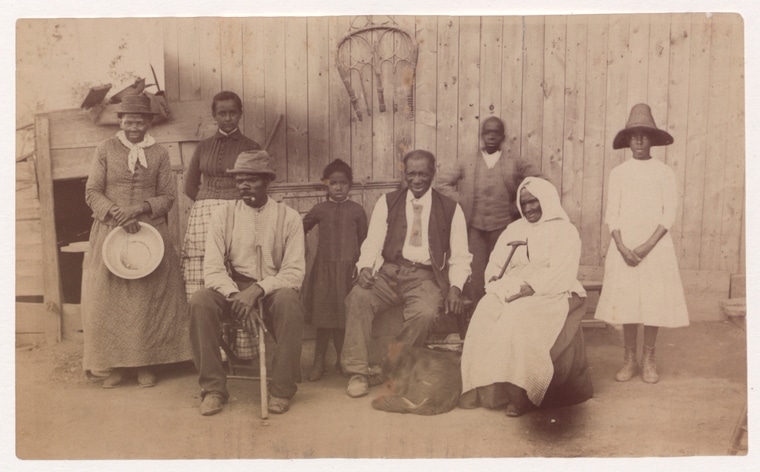Book — Non-fiction. By Manisha Sinha. 2017. 784 pages.
A groundbreaking history of abolition that recovers the largely forgotten role of African Americans in the long march toward emancipation from the American Revolution through the Civil War.
Continue reading
Profile.
Charles Sumner, Civil War and Reconstruction era politician in the United States.
Continue reading
Digital collection. This website publishes thousands of “Information Wanted” advertisements taken out by people freed from slavery who are searching for family members who had been sold apart.
Continue reading
John Brown, Martin Delany, and others gathered for a Constitutional Convention in Chatham, Canada.
Continue reading
Henry Highland Garnet, abolitionist and minister, called for a militant slave revolt.
Continue reading
Juneteenth — June 19th, also known as Emancipation Day — Juneteenth — is one of the many commemorations of people seizing their freedom in the United States.
Continue reading
Two hundred and eighty one Africans aboard The Antelope ship were brought to Savannah by the U.S. Treasury.
Continue reading
Elizabeth Mumbet Freeman won her freedom after she got an attorney and filed a “freedom suit” under the 1780 State Constitution for Massachusetts.
Continue reading
Teaching Activity. By Adam Sanchez and Nqobile Mthethwa. 25 pages.
A mixer role play explores the connections between different social movements during Reconstruction.
Continue reading
Abraham Lincoln issued the preliminary Emancipation Proclamation.
Continue reading
Book — Fiction. By Christopher Paul Curtis. 2018. 256 pages.
A novel for young adults that that shows how slavery was state-sanctioned terrorism and the impact of the Fugitive Slave Law.
Continue reading
People who had escaped from slavery and were following the Union Army, were blocked from crossing the Ebenezer Creek, leading to their death.
Continue reading
Secretary of State William H. Seward declared the 13th Amendment to the United States Constitution to have been adopted.
Continue reading
Picture book. By Lesa Cline-Ransome and James E. Ransome. 2017. 32 pages.
An illustrated biography of Harriet Tubman written in verse.
Continue reading
The first ten amendments to the U.S. Constitution, known as the United States Bill of Rights, were ratified.
Continue reading
Abolitionist and suffragist Harriet Tubman, perhaps the most famous conductor of the Underground Railroad, engineered her first rescue mission in December 1850.
Continue reading
African Americans across the United States, free and enslaved, in the North and South, held watch meetings for the abolition of slavery.
Continue reading
Congressman Thaddeus Stevens offered an amendment to the Freedmen's Bureau Bill to authorize the distribution of public land.
Continue reading
The Bureau of Refugees, Freedmen, and Abandoned Lands was established within the War Department to undertake the relief effort and social reconstruction after the Civil War.
Continue reading
A group of African Americans presented a petition for freedom to the Massachusetts Council and the House of Representatives.
Continue reading
During the Reconstruction Era, people emancipated from slavery searched for their loved ones throughout the United States and Canada. They often used "last seen" ads. This is one case of successful reunification.
Continue reading
Belinda Sutton petitioned the Massachusetts legislature for a pension as reparations for the wealth she produced and was stolen from her while she was enslaved.
Continue reading
Picture book. By Janet Halfmann. Illustrated by London Ladd. 2018. 40 pages.
Tells the story of Lilly Ann Granderson, an enslaved woman who taught hundreds of people in Kentucky and Mississippi to read.
Continue reading
Digital collection. Crowdsourcing project that provides access to information, through thousands of print advertisements, about freedom-seekers and their would-be enslavers in the 18th and 19th centuries.
Continue reading
























